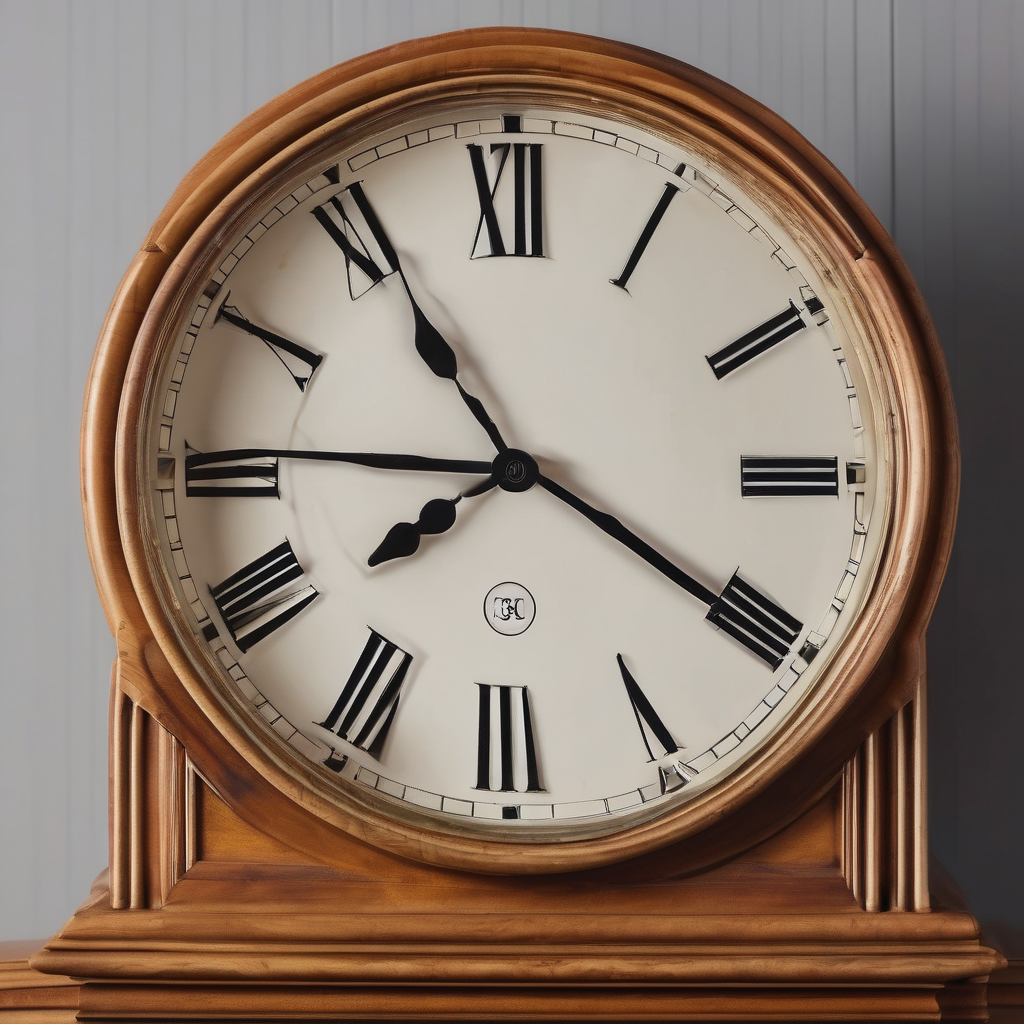The ongoing debate surrounding Daylight Saving Time (DST) remains unresolved, as a bill aiming to make DST permanent has stalled in the House of Representatives. Originally implemented during World War I to conserve energy, DST is a practice that many Americans now find unpopular, with 20 states actively seeking measures to adopt year-round DST.
In 2024, President Donald Trump expressed his support for a permanent shift to DST in a post on Truth Social, labeling the current practice of changing clocks twice a year as a significant inconvenience and costly for the government. “The House and Senate should push hard for more Daylight at the end of a day. Very popular and, most importantly, no more changing of the clocks,” he stated.
Currently, the U.S. spends a significant majority of the year in DST—239 days compared to only 126 days in standard time. In 2025, DST will conclude on Sunday, November 2, having begun earlier that year on March 9. The concept of “spring forward, fall back” signifies the biannual clock change, where clocks spring forward one hour in March and fall back one hour in November.
While Hawaii and Arizona refrain from participating in DST, several U.S. territories—American Samoa, Guam, the Northern Mariana Islands, Puerto Rico, and the U.S. Virgin Islands—also do not observe the time shift.
Legislation aiming to eliminate DST has gained bipartisan traction, with the Senate approving a bill known as the Sunshine Protection Act in 2022, though it has since stalled in the House. Trump’s renewed interest in ending DST has garnered support from prominent figures like Elon Musk, reinforcing the conversation about the practice’s relevance.
DST was first introduced in the U.S. in 1918 during World War I, initially to save fuel. However, it was unpopular and repealed a year later. It was reintroduced during World War II, leading to inconsistencies as the federal government did not regulate the practice until the Uniform Time Act of 1966, which formalized the dates for DST.
The Energy Policy Act of 2005 further adjusted daylight saving time, extending it to the second Sunday in March and the first Sunday in November. As the discussion continues, the potential for change may hinge significantly on future bipartisan negotiations in Congress.
As seasons shift and discussions surrounding DST evolve, there is hope that a resolution will be found that accommodates the preferences of the majority of Americans, potentially leading to a more consistent approach to timekeeping in the U.S.
